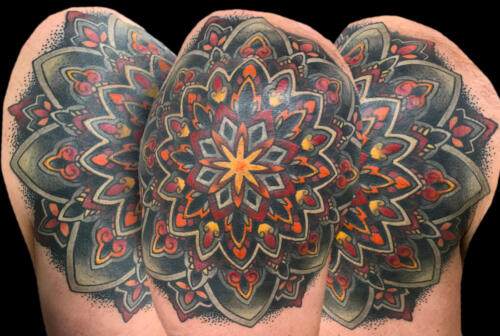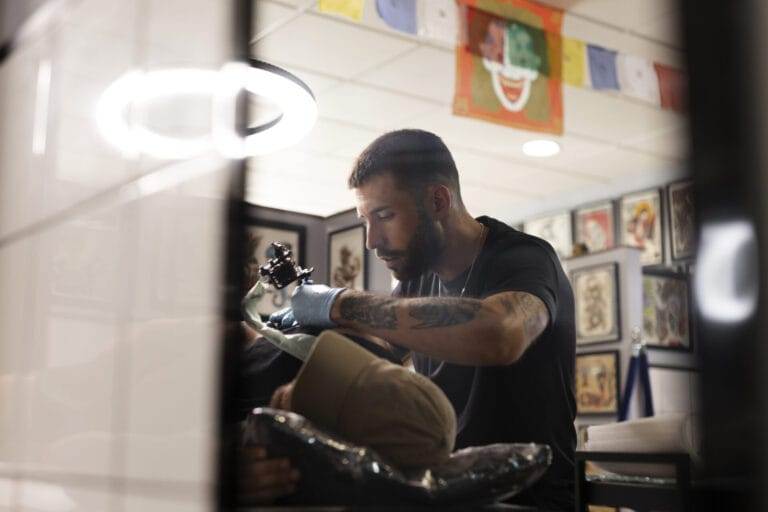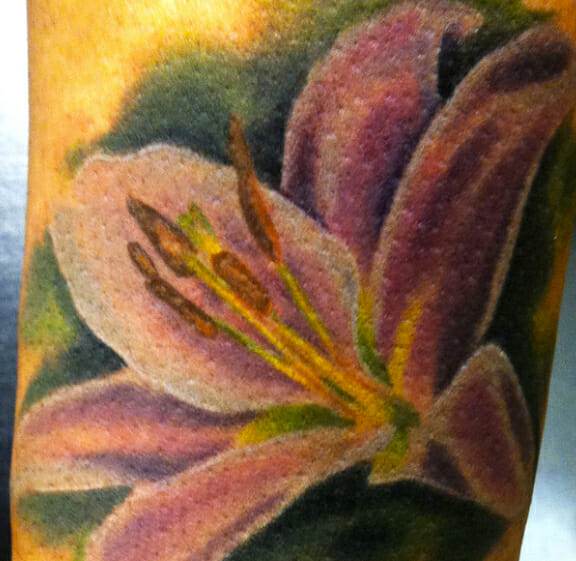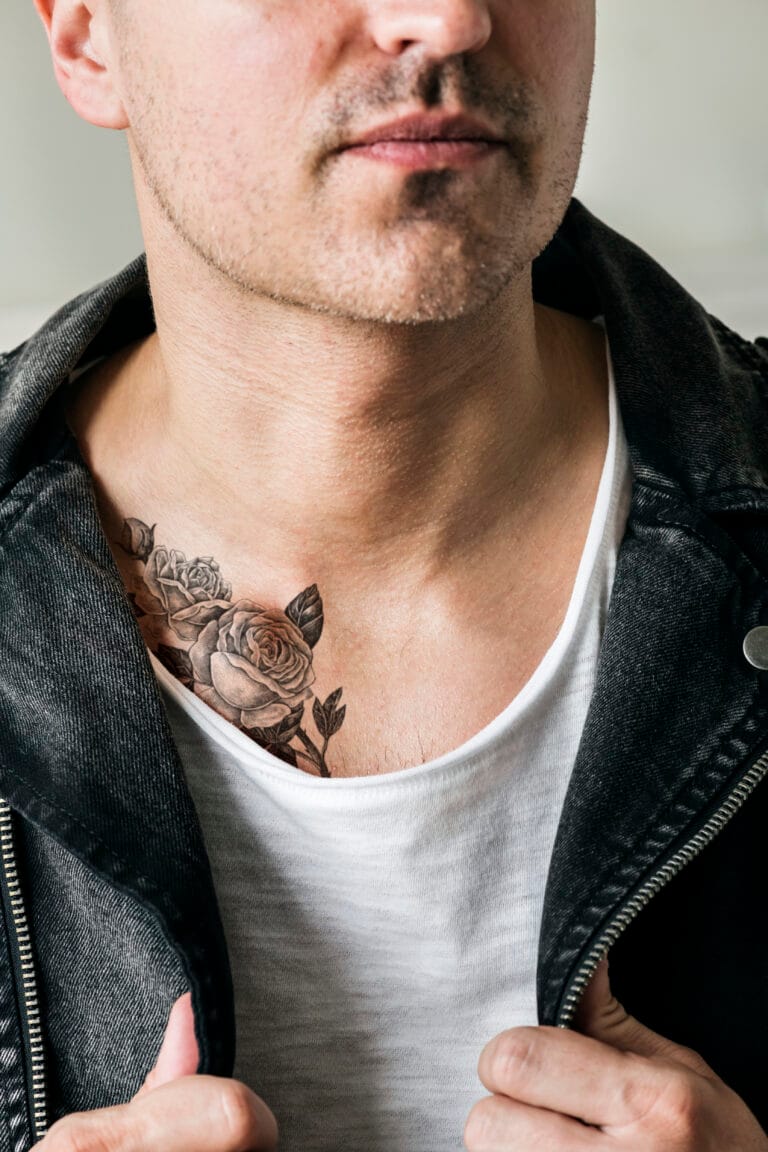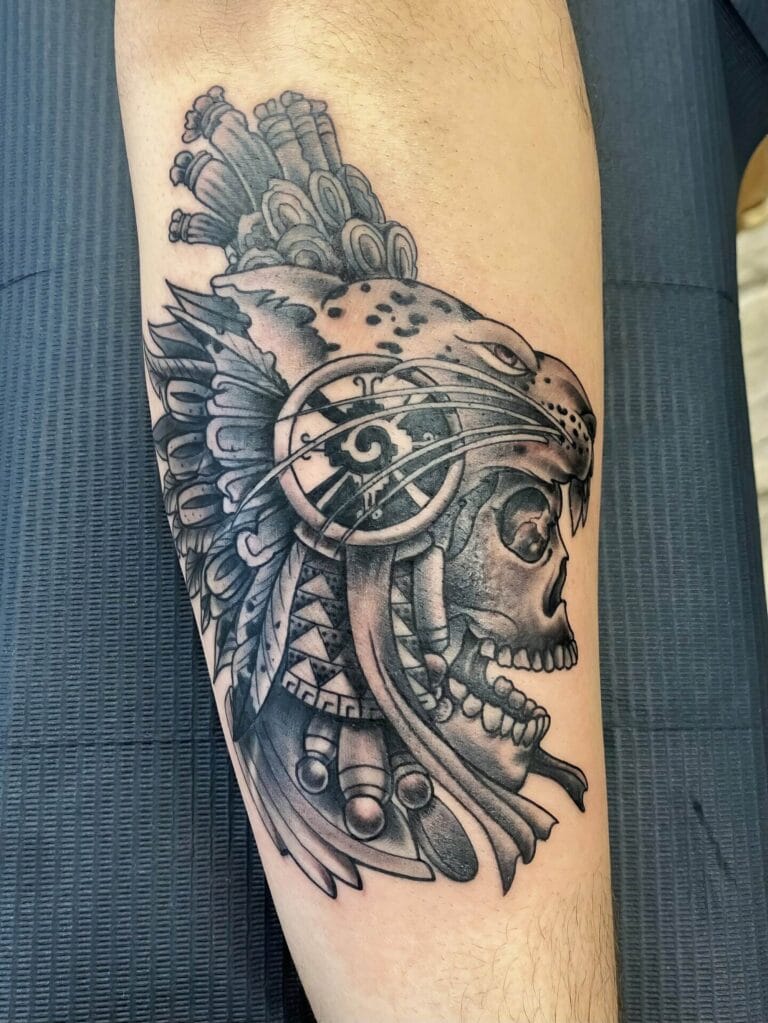
The size of a tattoo plays a crucial role in its overall impact and visibility. It can dictate how the design interacts with the body, influencing not only the aesthetic appeal but also the emotional resonance of the artwork. A larger tattoo can serve as a bold statement, drawing attention and making a significant impression, while a smaller tattoo may offer a more subtle expression of personal meaning.
Understanding the importance of size in tattoo placement is essential for anyone considering body art, as it can affect how the tattoo is perceived by both the wearer and those around them. Moreover, the size of a tattoo can also influence its longevity and clarity over time. Smaller tattoos may become less distinct as the skin ages and changes, while larger tattoos often have more room for detail, allowing them to maintain their integrity over the years.
Additionally, the size can affect the pain level during the tattooing process; larger tattoos typically require more time and can be more painful due to the extended duration of needlework. Therefore, considering size is not just about aesthetics; it encompasses practical aspects that can impact the tattoo’s future.
Key Takeaways
- Size plays a crucial role in tattoo placement, as it can affect the overall look and impact of the design.
- Factors such as body shape, skin elasticity, and personal preferences should be considered when choosing the size of a tattoo.
- Small body areas like wrists and ankles require careful consideration of size to ensure the design is proportionate and visually appealing.
- Large body areas like the back or thigh can accommodate bigger and more intricate designs, but it’s important to maintain balance and avoid overwhelming the area.
- Medium-sized body areas like the forearm or calf require finding the right balance and proportion to ensure the tattoo complements the body’s natural shape.
- Customizing tattoo size to unique body shapes is essential for achieving a harmonious and flattering result.
- Personal style and preferences should guide the decision-making process when it comes to choosing the size of a tattoo.
- Consulting with a tattoo artist is crucial for receiving expert recommendations on the most suitable size for a specific body area and design.
Factors to Consider When Choosing Tattoo Size
When selecting the size of a tattoo, several factors come into play that can significantly influence the decision-making process. One of the primary considerations is the location on the body where the tattoo will be placed. Different areas have varying amounts of flesh and skin elasticity, which can affect how a tattoo looks over time.
For instance, tattoos on areas with more muscle or fat may appear differently than those on bony areas. Understanding these nuances is essential for achieving a design that remains visually appealing as the body changes. Another critical factor is the complexity of the design itself.
Intricate designs with fine details often require a larger canvas to ensure that every element is clearly visible and well-defined. Conversely, simpler designs may work well in smaller sizes without losing their essence. Additionally, personal lifestyle choices should be considered; for example, individuals who frequently wear short sleeves or swimwear may prefer larger tattoos that are more visible, while those who prefer discretion might opt for smaller pieces that can be easily concealed.
Choosing the Right Size for Small Body Areas

When it comes to small body areas, such as wrists, ankles, or behind the ear, choosing the right size for a tattoo is essential to ensure that it remains proportionate and visually appealing. Small tattoos can be incredibly charming and intimate, often serving as personal symbols or reminders. However, it’s important to strike a balance between detail and size; overly intricate designs may lose clarity when scaled down too much.
Therefore, opting for simpler motifs or symbols can often yield better results in these confined spaces. Additionally, placement plays a significant role in how a small tattoo is perceived. For instance, a small heart on the wrist can be a sweet and subtle expression of love, while a tiny geometric shape behind the ear can add an element of intrigue without being overly conspicuous.
The key is to choose a design that resonates personally while also considering how it will look in its chosen location. Ultimately, small tattoos can carry profound meaning and beauty when thoughtfully designed and placed.
Choosing the Right Size for Large Body Areas
Large body areas such as the back, chest, or thighs provide ample space for expansive designs that can tell a story or convey deep personal significance. When choosing a size for tattoos in these areas, it’s essential to consider how the design will flow with the natural contours of the body. Larger tattoos can incorporate intricate details and vibrant colors that may not be feasible in smaller designs, allowing for a more dynamic visual experience.
Moreover, large tattoos often require careful planning regarding composition and layout. The design should not only fit well within the chosen area but also complement other existing tattoos if applicable. For example, a large piece on the back might need to harmonize with shoulder tattoos or other elements on the arms.
Additionally, larger tattoos may require multiple sessions to complete, so it’s important to mentally prepare for this commitment and understand how each session will contribute to the final piece.
Finding Balance and Proportion for Medium-sized Body Areas
Medium-sized body areas such as forearms, calves, or sides present unique opportunities for tattoo placement that require careful consideration of balance and proportion. In these areas, tattoos can be large enough to include intricate details while still being manageable in terms of visibility and pain during application. The key is to find a size that feels harmonious with both the body part and the overall aesthetic of the individual.
When selecting a medium-sized tattoo, it’s important to think about how it will interact with movement and posture. For instance, a tattoo on the forearm may look different when the arm is extended versus when it is relaxed at one’s side. This dynamic aspect should be taken into account when deciding on size and placement.
Additionally, medium-sized tattoos can serve as excellent transitional pieces between larger works or as standalone statements that draw attention without overwhelming other body art.
Tips for Customizing Tattoo Size for Unique Body Shapes

Every individual has a unique body shape that can influence how a tattoo looks once applied. Customizing tattoo size to fit these shapes is essential for achieving an aesthetically pleasing result. One effective approach is to consider the natural lines and curves of the body when selecting a design.
For example, tattoos that follow the contours of muscles or bones can create a visually striking effect that enhances one’s physique. Another important aspect is to take into account personal proportions when determining size. Taller individuals may opt for larger designs that complement their height, while shorter individuals might choose smaller tattoos that suit their frame better.
Additionally, body modifications such as weight changes or muscle gain should be considered; what looks good at one point in time may need adjustment later on. Consulting with an experienced tattoo artist can provide valuable insights into how best to customize size based on individual body shapes.
Matching Tattoo Size to Personal Style and Preferences
Personal style plays an integral role in determining tattoo size. Individuals who lean towards bold fashion statements may prefer larger tattoos that stand out and make an impression, while those with a more minimalist aesthetic might gravitate towards smaller designs that offer subtlety and elegance. Understanding one’s personal style can help guide decisions about size and placement, ensuring that the tattoo aligns with overall self-expression.
Moreover, preferences regarding visibility also influence size choices. Some individuals may want their tattoos to be prominently displayed as part of their identity, while others may prefer designs that are more discreet and personal. This consideration can lead to different approaches in selecting size; for instance, someone who enjoys showcasing their art might choose larger pieces on visible areas like arms or legs, whereas someone who values privacy might opt for smaller tattoos in less conspicuous locations.
Consulting with a Tattoo Artist for Size Recommendations
Engaging with a professional tattoo artist is one of the most effective ways to navigate the complexities of tattoo size selection. Experienced artists possess valuable knowledge about how different sizes will translate onto various body parts and can provide tailored recommendations based on individual preferences and anatomy. They can also help visualize how a design will look at different sizes through sketches or digital mock-ups.
Additionally, artists can offer insights into practical considerations such as healing time and maintenance based on size choices. They understand how larger tattoos may require more care during healing due to their extensive coverage and can advise on aftercare practices accordingly. Ultimately, collaborating with a tattoo artist ensures that individuals make informed decisions about size while creating a piece of art that resonates deeply with their personal journey and identity.
FAQs
What factors should be considered when choosing the perfect tattoo size for different body areas?
When choosing the perfect tattoo size for different body areas, it is important to consider factors such as the shape and size of the body area, the level of detail in the design, and the individual’s personal preferences.
What are some general guidelines for choosing the right tattoo size for specific body areas?
For smaller body areas such as the wrist or ankle, smaller and simpler designs tend to work best. Larger body areas such as the back or thigh can accommodate more intricate and larger designs.
How does the shape of the body area affect the choice of tattoo size?
The shape of the body area can influence the choice of tattoo size as it may impact how the design flows and fits on the body. For example, a long, narrow body area may be better suited for a vertical or elongated design.
What are some common mistakes to avoid when choosing a tattoo size for different body areas?
Common mistakes to avoid when choosing a tattoo size include selecting a size that is too small for the body area, choosing a size that does not complement the natural contours of the body, and not considering how the tattoo will look in relation to other existing tattoos.
How can an individual’s personal preferences influence the choice of tattoo size?
An individual’s personal preferences can influence the choice of tattoo size by dictating whether they prefer a more subtle and discreet tattoo or a larger, more prominent design. It is important to consider how the individual wants the tattoo to look and feel on their body.

